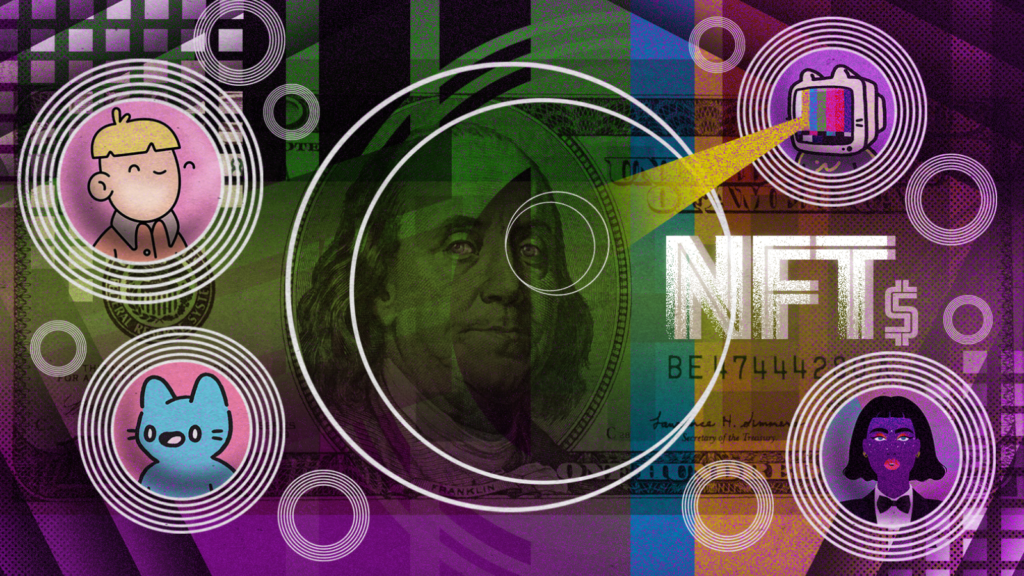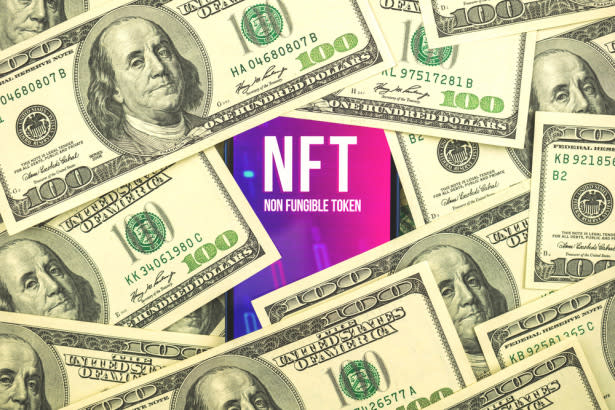Free webinar: Gaming and NFTs – Register now
Mint price values dropped dramatically in June, underscoring the potential benefits of fiat currency for NFT marketplaces
Downstream from the general decline in cryptocurrency prices, NFT creators face a trade-off: increase their mint price in crypto terms — or book steep fiat losses.
The price-depressed crypto market favors NFT (non-fungible token) collectors, as creators conscientious of ethical and pragmatic implications hesitate to raise their mint prices — the cost of creating a digital collectible on a blockchain, such as Ethereum.
Sellers looking to avoid losses have often had to double or triple their initial mint prices. Because of the price volatility, traditional payment processors are collaborating with NFT marketplaces to make fiat payment mainstream in the space.
Social media website 9GAG faced the pricing dilemma with its recent Memeland “YOU THE REAL MVP” NFT rollout. Memeland ran a blind auction on Discord that set the mint price at 5.3 ether. From the time bidding opened June 9 to when the NFTs were distributed June 16, the price of ETH fell from more than $1,800 to under $1,100.
Memeland tweeted it maintained the initial mint price — despite ether’s fall — to avoid sending “a wrong message that we would change price in order to maximize gain.”
Memeland went on to thank its buyers for their “trust…despite the bad market conditions.” Artists are weighing their buyers’ continued trust as they consider whether to increase mints.
Jill Brandenburg, an NFT artist whose Andy Warhol-inspired work was displayed in Times Square this month, is “giving collectors the benefit of the dip” in ETH.
“If I raised my prices and had to lower them back down, I wouldn’t feel like I ethically did right by my collectors,” Brandenburg said. “.12 ETH is .12 ETH, no matter what the market determines.”
But with crypto exchanges riled by liquidity issues and security concerns, collectors are not, for the most part, buying the dip. Primary and secondary NFT sales are both down more than 20% in volume and fiat value over the past week, according to NonFungible.com.
NFT merchants must reckon with the financial consequences of falling crypto prices. WAGMI Beach gave its new Bubblegoose Ballers NFT collection a price tag of two SOL (the native token of Ethereum competitor Solana’s blockchain) — around $300 — when the project hit in May.
Last week, WAGMI Beach increased the mint to seven SOL to match its original projected fiat value.
“Because we are a prime example of an NFT that is actually bridging the gap between web2 and web3, our required funding is viewed in fiat rather than SOL,” the company tweeted. “Therefore, our mint price is still tied to that $250-300 range, not 2 SOL.”
Allowing mints to be set in fiat is becoming a trendy solution to the volatility of the NFT market. Mastercard and Stripe both launched initiatives to integrate their payment services with NFT marketplaces this year. The companies aim to disrupt the system of NFTs being exchanged between wallets.
“Cryptocurrency enthusiasts are used to this process. But for most people, it’s not simple, it’s not intuitive. We think it should be much easier,” Raj Dhamodharan, a blockchain-focused executive at Mastercard, said in a January blog post.
If Mastercard’s plan succeeds, mints will be available via fiat.
Sean Stein Smith, a professor at Lehman College who studies blockchain, believes price volatility is a “large obstacle” to broader adoption of unique digital collectibles. The stability of fiat currency as a backdrop for buyers and sellers would draw new consumers to NFTs and “attract ideas and capital into more fundamentally sound projects,” Smith said.
Smith underscored how the technological basis of NFTs remains unchanged — despite falling crypto values. To focus only on price, instead of potential use cases, is like “focusing your eyes on the crust of the steak [instead of] how it’s cooked and how it tastes.”
Get the day’s top crypto news and insights delivered to your inbox every evening. Subscribe to Blockworks’ free newsletter now.
Users are asking “crucial questions surrounding ownership and decentralization,” says NGRAVE CEO
Cowen Digital, Brevan Howard and GSR among the firms backing the blockchain-focused fintech company
“The debt is 100% related to his account,” CoinFLEX CEO Mark Lamb says
Jump Crypto’s head of investments said investors may take more care in project evaluation, but funding will continue to enter the space
Goldman Sachs analysts expect lower cryptocurrency trading volumes will drag Coinbase revenues down more than 60% this year


